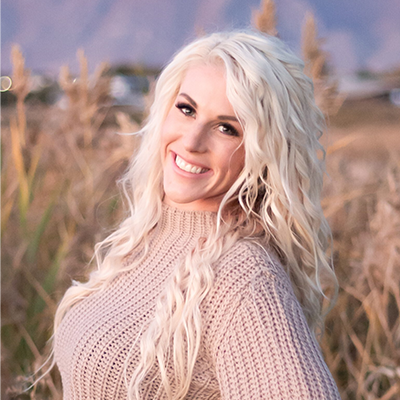Although culling is a routine activity for most livestock operations, it’s also important to have a strategic culling plan ready in the event of perceived drought or loss of forage. Why? Because putting a plan into action ahead of time not only helps reduce forage consumption on strained grazing land, but it helps free up resources for higher-value cattle and allows you to sell your culls before the market floods.
Determining Your Tiered Culling Options
All too often, culling is based on convenience and not on perception. To circumvent this problem, a tiered culling schedule helps you define an order in which different classes of cattle get sold during a projected or actual hardship. The schedule you build should always be well thought out and should consider your operational schedule and the extent of your access to replacement cattle.
Here’s an example of cull order for one operation:
- Stocker cattle
- Retained replacements
- Open cows
- Early-wean calves
- Running-age cows
Here’s an example of cull order for a more simple operation:
- Open, broken-mouth cows
- Open, running-age cows
- Early-wean calves
- Replacement heifers
- Pregnant, running-age cows
Finding Your Culling Trigger Points
When coming up with a tiered culling schedule, it’s helpful to develop a set of trigger points to help you decide when it’s time to begin the culling process. Pre-establishing your trigger points not only keeps you from culling due to “knee jerk” reactions, but it also allows you to arrange a cull alongside a routine activity like vaccinating, weaning, pregnancy checking, or anything that puts your herd through the corrals.
Some culling trigger points may include:
- Projected or actual decline of pasture conditions due to drought or lack of rainfall
- High market prices
- The need to eliminate inferior genetic traits from the herd
- Limited access to feed and forage
- High-than-average percentage of open cows
Deciding If LRP Insurance Can Supplement Your Culling Schedule
Culling can be a difficult decision for any livestock operation, but planning and executing it strategically often turns out to be the most economical choice in the long run. And because how and when you sell cattle is a key part of a larger risk management plan, you may want to consider adding a Livestock Risk Protection (LRP) insurance policy to your overall plan as well. Livestock Risk Protection coverage can provide revenue protection for your calf prices during time periods when you may be culling other classes of cattle, and having the insurance would help determine your overall culling decisions.
Redd Summit Advisors offers LRP insurance to help protect your livestock operation against declines in market prices. With this insurance, you can lock in a floor price for your fed cattle or feeder cattle and get paid an indemnity when market prices dip below your chosen price. You can choose a coverage level from 70-100% of the expected ending market price and can sell anytime within 60 days of your endorsement period end date. Tax-deductible premiums aren’t due until 30 days after your endorsement period, and if you don’t end up selling, you won’t be penalized.
For more information on LRP insurance, fill out the online form here or call 1-800-825-2355 to speak with an agent.





.webp)




